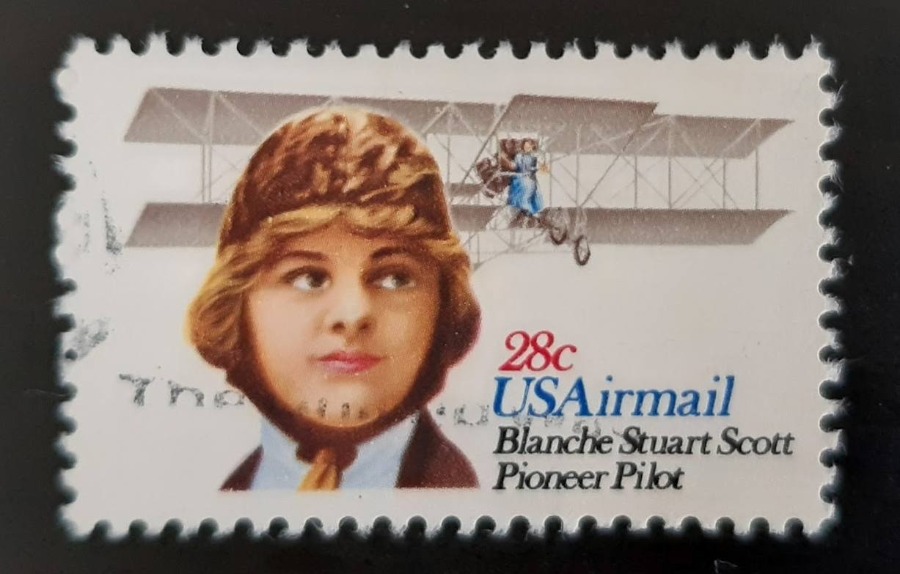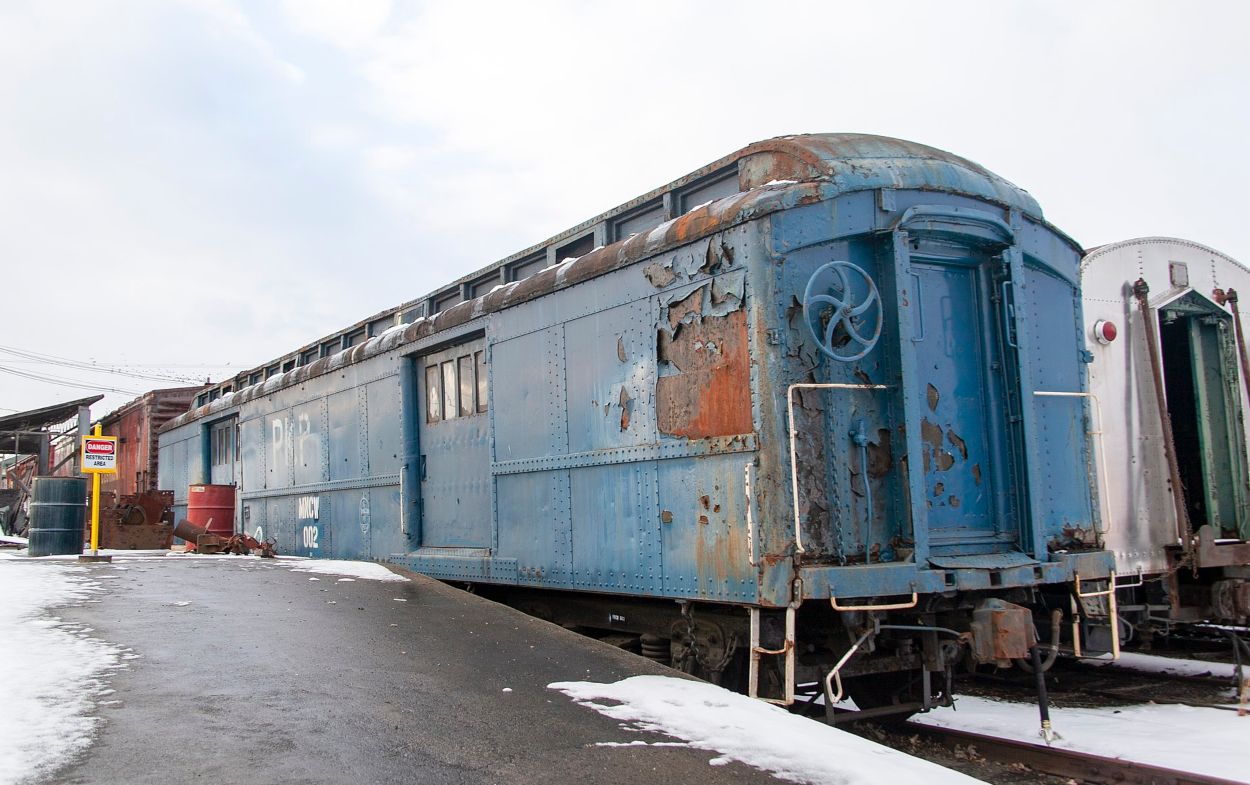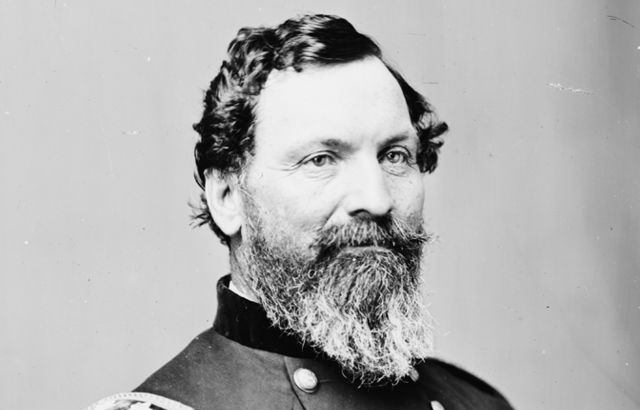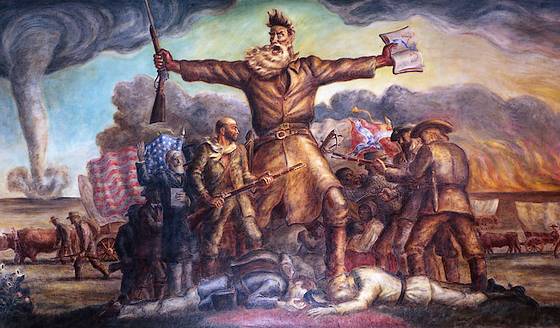The pilot Blanche Scott (also known as Betty Scott) occupies a special place in American aviation history, because they probably first American woman made a solo flight in an airplane.

Blanche Scott’s car journey did not go unnoticed in the press. The achievement also caught the attention of Jerome Fanciulli, who worked for American aviation pioneer Glenn Curtiss. Fanciulli approached Blanche Scott and asked her if she wanted to learn to fly. Scott did listen to this and later said :
“The idea of being a nobody and a nothing in New York’s millions had irritated me. Here was a chance for the brass ring.”
Glenn Curtiss initially saw no point in adding a woman to his training team. In the end, however, he agreed. Scott thus became the only woman to receive personal lessons from the famous aircraft manufacturer.
First solo flight


Blanche Scott completed her training after this short unexpected flight and worked for a while as a stunt pilot for Curtiss’ demonstration team. In 1916 she said goodbye to the aviation industry, partly out of dissatisfaction with the fact that it proved difficult for women to pursue a career as an engineer or mechanic. The public’s fascination with crashes and accidents had also stopped her. After this, Blanche Scott continued to work in the radio and film industry. She was then attached to the Air Force Museum in Dayton until the 1950s.
Tribute
Blanche Scott died in 1970 at the age of 84 and was cremated in Rochester. Ten years after her death, the U.S. Postal Service honored the aviation pioneer by issuing a stamp bearing her likeness (see opening image). In 2005 she was inducted into the US National Women’s Hall of Fame.







